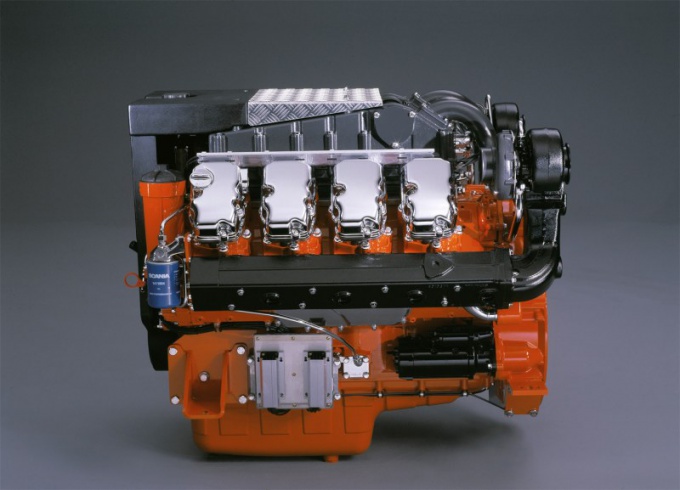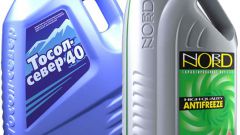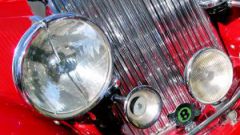In normal operation, the motor level of the antifreeze remains constant. The decrease of the liquid level in the expansion tank indicates the presence of a fault. Most likely, antifreeze poured on the road through leakage of the cooling system of the engine.You first need to check the rubber pipes. As a result of exposure to high temperatures is accelerated aging of material. There are cracks through which drop by drop is leaking antifreeze. Cracks can occur in places that are inaccessible for inspection. In this case, to detect them it is necessary to use a small mirror or to touch up by hand.Before carrying out any operations with the cooling system of the engine must be completely cool. Otherwise you can get serious burns. Check the tightness of the clamps, through which the rubber tubing attached to the fittings. If visual inspection traces of leaks do not exist, perhaps the reason lies in the wear of the pump. In the development of online packing of the antifreeze begins to flow through the stock pump. Thus the resulting liquid is sprayed on surrounding objects perpendicular to the axis of rotation of the pump.The pressure in the cooling system of the engine is higher than the oil sump. If you experience cracks in the metal of the cylinder block or in the destruction of head gaskets antifreeze can be squeezed into the oil channels. This is a serious problem, which can lead to jamming of the engine. Motor oil mixed with antifreeze it forms easily the blowing of the emulsion. Lubricating properties low. The result is increased friction. To detect a leak in the oil sump is quite simple. The probe is designed to determine the oil level will be visible with white foam.Engine overheating can also lead to the disappearance of antifreeze. With increasing temperature it starts to boil, the pressure in the cooling circuit rises. In this case the surge tank cap provides a safety valve. When the pressure above the permissible value, it opens and dumps the pair of antifreeze into the atmosphere. With a sharp decrease in pressure comes boiling antifreeze, and together with the steam can be thrown out of the liquid phase.
Where does the antifreeze
The internal combustion engine need good cooling. In the process, the excess heat is discharged into the environment. To intensify this process, an intermediate heat transfer medium is used water, which allows to increase the surface area of cooling to ensure reliable heat dissipation.

Is the advice useful?



